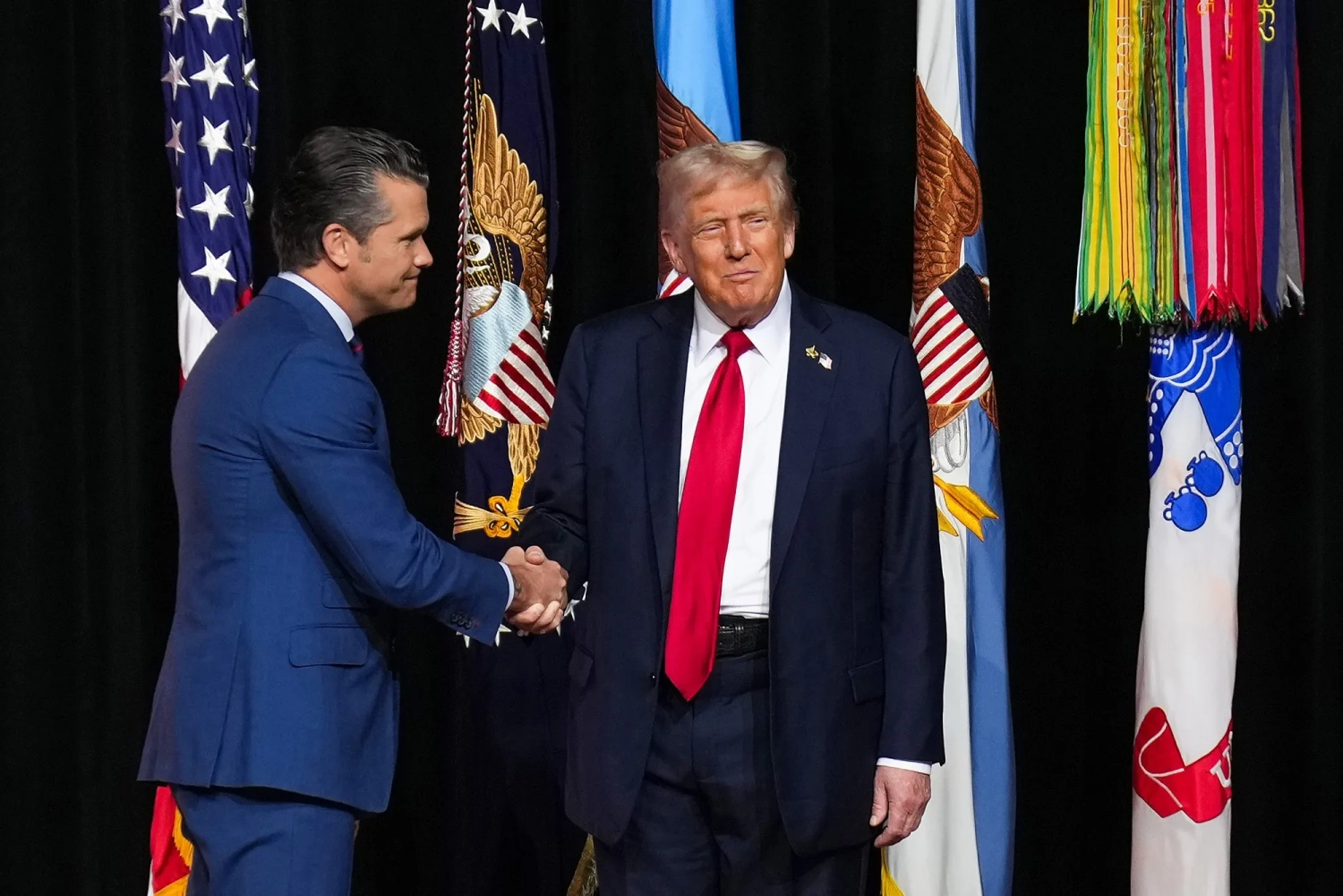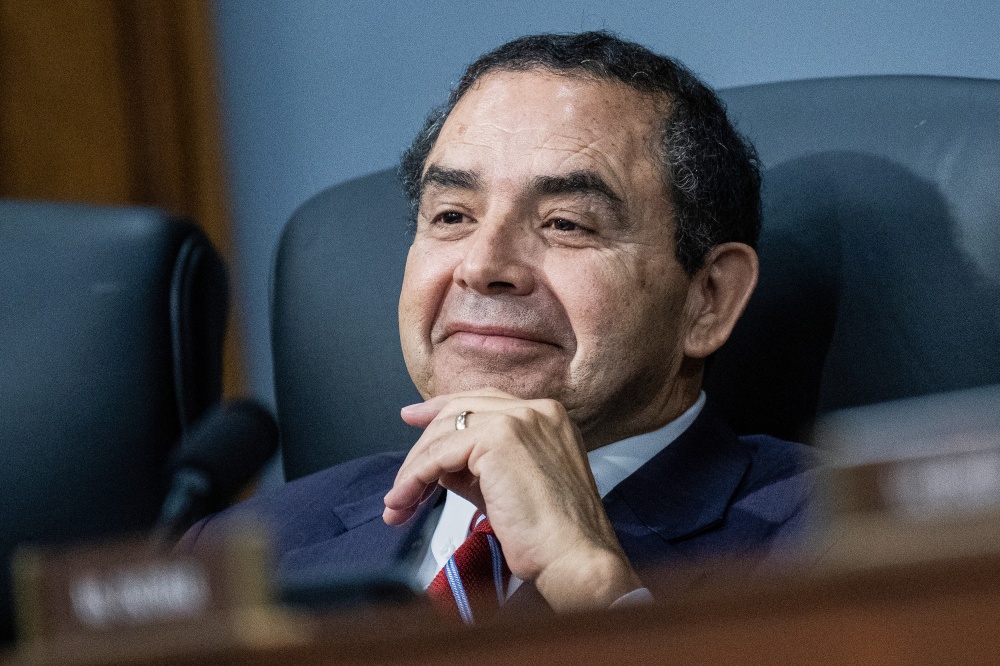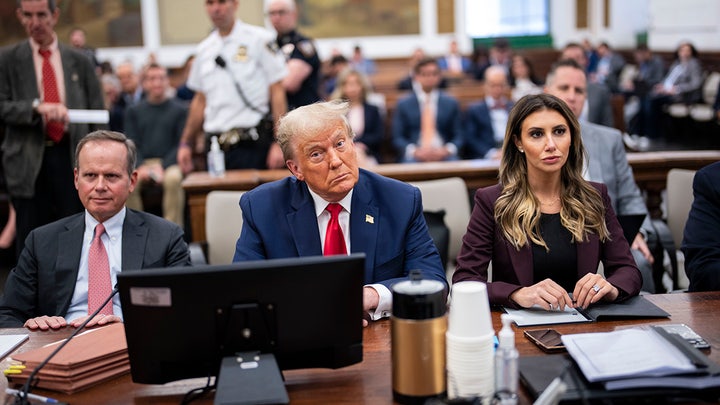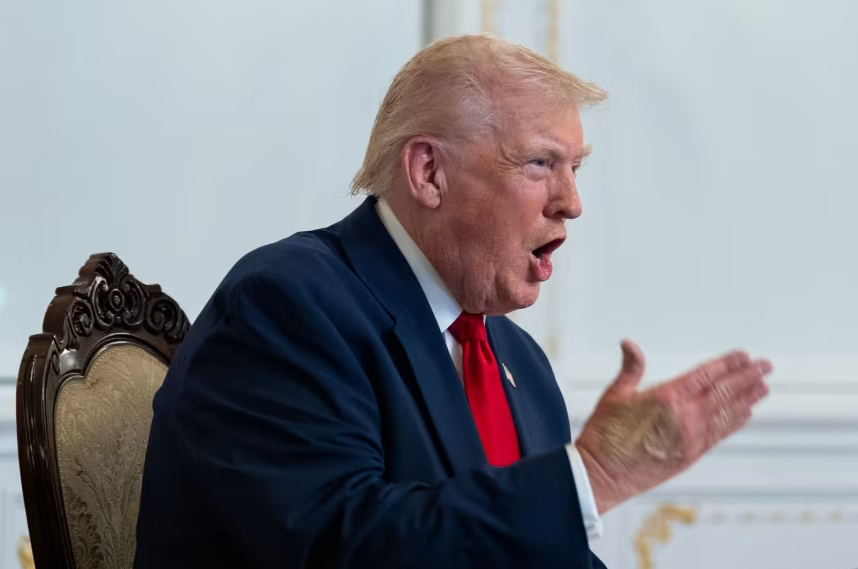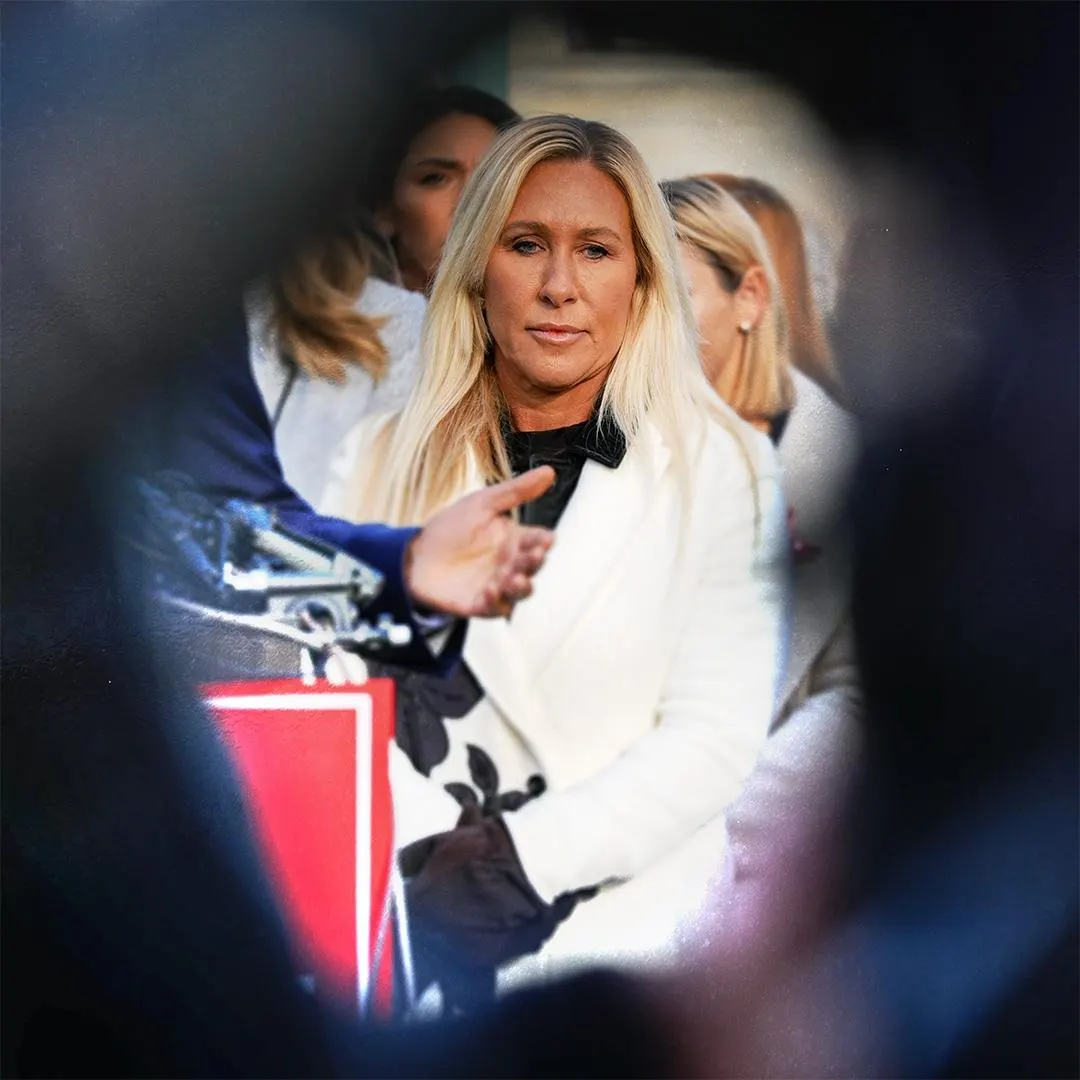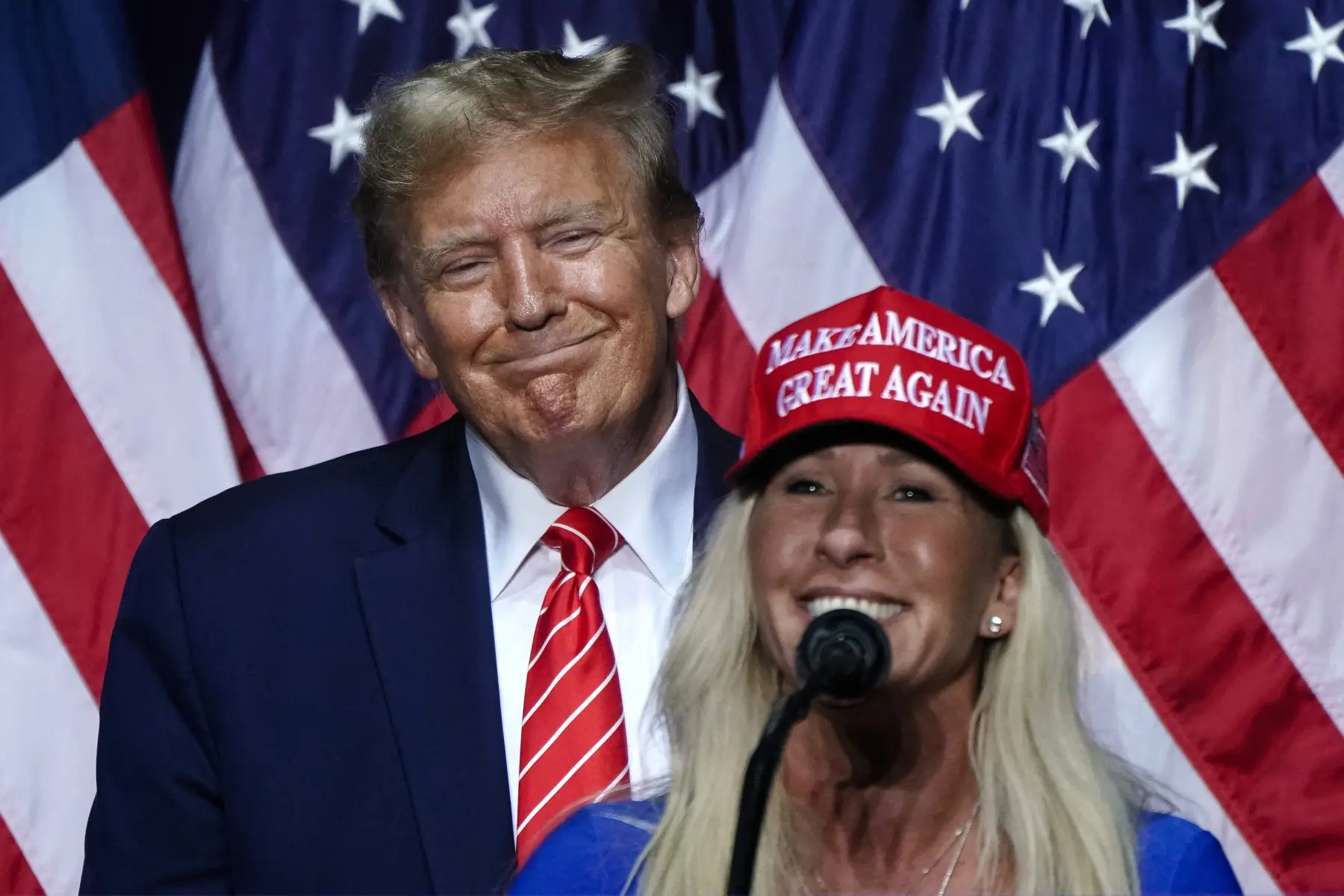
This article is more than
5 year oldHow ‘Operation Princess’ failed
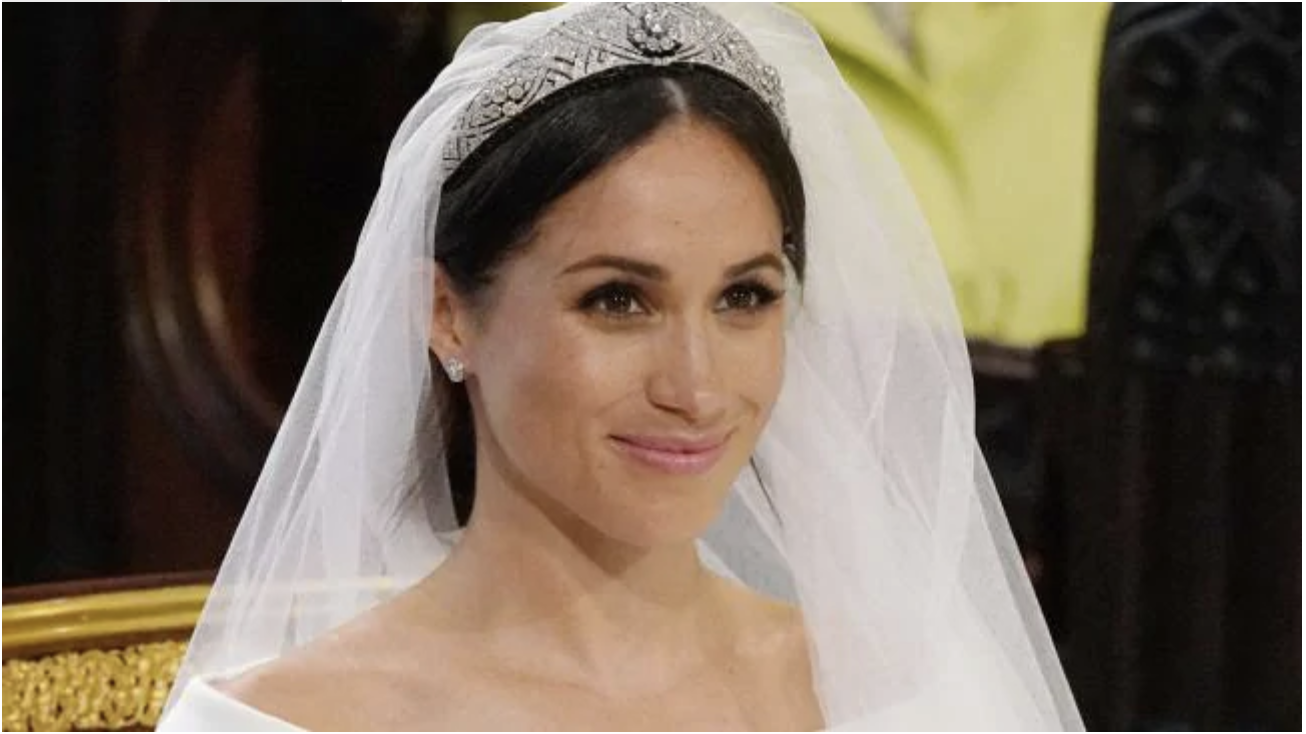
When Meghan Markle and Prince Harry started dating in 2016, some of the biggest clues about their exact relationship status came via jewellery.
In October of that year, before it was first reported that the then Suits star was dating the dishy British royal, she posted a shot on Instagram of herself wearing blue beaded bracelets identical to ones that Harry had been photographed wearing.
In November of that year, the actress and blogger was caught by the paparazzi out buying flowers and wearing a delicate gold necklace with a small “H” and a small “M” on it, the first indication that things were getting serious between the couple.
Within a year of those photos of a grinning Meghan carrying peonies and roses being published, she would not only be living in Kensington Palace with Harry but the couple would be engaged, a glittering 6.5 diamond ring designed by Harry himself on her left hand.
MORE: Prince Harry’s strict post royal rule revealed
MORE: Meghan ‘can’t wait to show Harry off’ in Hollywood

|
Today, barely two and a years on, the beaming couple who posed for the press in the Palace’s Sunken Garden has disappeared from public view. Wednesday this week marked the official exit of the couple from working royal life. Their Instagram account is shuttered. They have not been seen in public for weeks and are now believed to be living in Hollywood.
In a documentary released in October last year, both Harry and Meghan gave deeply personal and emotional interviews about their personal struggles. The Duchess told ITV’s Tom Bradby of royal life, “It's hard. I don't think anybody could understand that, but in all fairness I had no idea, which probably sounds difficult to understand.”
The question is, in retrospect, was enough done to prepare Meghan for the wild, nearly inconceivable transition from civilian life to a royal existence?
According to royal biographer Katie Nicholl, as the couple’s relationship developed in 2016 and into 2017, Harry’s team was already working to support Meghan.
“Meghan knew Harry’s team of advisers quite well and had a hotline to his trusted head of communications, Jason Knauf, and his private secretary, Ed Lane Fox, meaning, essentially, that she had the might of the Palace PR machine behind her,” Nicholl writes in Harry: Life, Loss and Love.
“Behind the walls of Kensington Palace, ‘Operation Princess’ was already in place. Harry’s aides liked Meghan from the start and were keen to do everything they could to help her.”
That trusted coterie of advisers, Nicholl writes, was available to provide Meghan with guidance and advice to navigate this new and strange world she had found herself in.
Throughout 2017, more signs emerged that Harry and Meghan were getting serious. In April of that year she closed down her beloved lifestyle blog The Tig before it was revealed she had cancelled her car lease in Toronto. In November, hordes of press descended on Kensington Palace for the jubilant press call when the couple announced their engagement.

Picture: Daniel Leal-Olivas/AFPSource:AFP |
Yet despite “Operation Princess”, Meghan’s entry into the rarefied world of the monarchy appears to have been a rocky one.
In the lead-up to their May 2018 wedding, things allegedly did not go smoothly. The Sun would later report that prior to the big day Meghan had wanted a tiara that featured emeralds and that she and Harry were “unhappy” (the paper’s word) that a question of provenance meant that it was not an option.
A “well-placed royal insider” is reported to have said: “The message from the Queen was very much Meghan needed to think about how she speaks to staff members and be careful to follow family protocols.”
It was also later reported by the (UK) Telegraph that, ahead of the Sussexes’ nuptials, the Duchess of Cambridge had been “left in tears” after a flower girl dress fitting for Princess Charlotte.
Despite whatever might have been going on behind the scenes, only six weeks after the wedding, the Queen sent a very clear and powerful signal of support for the newly minted Duchess of Sussex, inviting her to attend an event in Cheshire together and to spend a night on the royal train beforehand. (A privilege that Princes William or Harry or Kate have never received.)
On the day, Her Majesty and Meghan were photographed laughing and smiling together during that trip but the Daily Mail has reported that the Duchess had failed to follow protocol.
Royal correspondent Rebecca English reports that prior to the Cheshire engagement: “The Queen’s powerful personal assistant, Angela Kelly, sent a message that Her Majesty would be wearing a hat – polite Palace code for ‘you should be wearing one too’.
“The message came back that Meghan preferred to go bare-headed.”

Picture: Jim Clarke/AFPSource:AFP |
In late 2018, a report emerged which claimed that the duchess ‘bombarded’ aides with 5am text messages and that “palace staff have never experienced anything remotely like Meghan’s formidable work ethic, matched only by the incessant stream of ideas about how to shape her role.”
Then 2019 came and so too did a cavalcade of PR controversies such as the mum-to-be’s celebrity-filled New York baby shower, the $4 million renovation of the couple's new home Frogmore Cottage and their penchant for private jets.
By the end of the year, according to the Telegraph, the couple had “increasingly been operating in a silo that has been a source of mounting anguish among their nearest and dearest”.
Barely a week into the new year, Harry and Meghan returned to London after a six-week break in Canada and dropped their resignation bombshell.
Looking back, one thing that can unequivocally be said about the brief, official Sussex era was that it was turbulent. They represented such a glittering, powerful addition to the royal family. They were the dynamic, charismatic global ambassadors for the monarchy, energising the brand of an antiquated institution clinging to relevance in the 21st century. How was that promise dashed so completely and so speedily? While not looking to apportion blame, the question needs to be asked, could more have been done to prevent this sad outcome?
The history of the past 40 years of royal life paints a dim picture of just how well women fare when they marry into the Queen’s family. Sarah, Duchess of York stumbled through headline-grabbing crisis after crisis while Diana, Princess of Wales floundered and suffered inside a crumbling union. When both of their marriages ended in divorce within a year of each other in the mid-90s, the attractiveness of marrying a Prince had started to sour.

Picture: Kirsty Wigglesworth/APSource:AP |
Since then, three women made the leap into HRH-dom with far greater success, namely Sophie Countess of Wessex, Camilla Duchess of Cornwall and Catherine Duchess of Cambridge. However crucially, they all had the benefit of lengthy royal apprenticeships, having lived for years with their future husbands before taking on an official role, which gave them the chance to absorb and learn the arcane and unspoken byways and rules of Windsor life.
When the then Lady Diana Spencer stepped out with Prince Charles for their first official engagement after becoming engaged in 1981, the 19-year-old committed a number of royal faux pas, including wearing black (which is meant to be for funerals only) and choosing a low-cut, strapless Emmanuel number that revealed a lot of décolletage. (Later, Fergie’s fashion disasters provided regular tabloid fodder.)
Given the experience of Harry’s mother, it seems extraordinary that more was not done to help Meghan acclimatise to royal life (at least that is publicly known). When Angela Kelly told Meghan that Her Majesty would be donning a hat for their 2018 outing, I wonder, was there a seasoned royal aide on hand to translate for her the implied meaning?
In hindsight, it seems that Meghan’s arrival at the Palace gates triggered a trans-Atlantic culture clash, her passion, industry and zeal crashing head long into the royal family's collection of entrenched protocols and traditions. As the dust settles after this tumultuous, sad chapter in Windsor history one thing is apparent: Everyone has lost out.
The fantasy of marrying a Prince has started to look more like a nightmare and that is particularly bad for business when you are in the dynasty game and need to regularly dragoon new members.
The good news for royal advisers and courtiers is that they have a couple of decades at least to formulate a foolproof plan for how to look after the next generation of men and women who make the heady, terrifying transition into royalty. Nothing less than the happiness of Prince George, Princess Charlotte and Prince Louis’ and the future of the royal family depends on it.
Daniela Elser is a royal expert and writer with 15 years experience working with a number of Australia’s leading media titles
